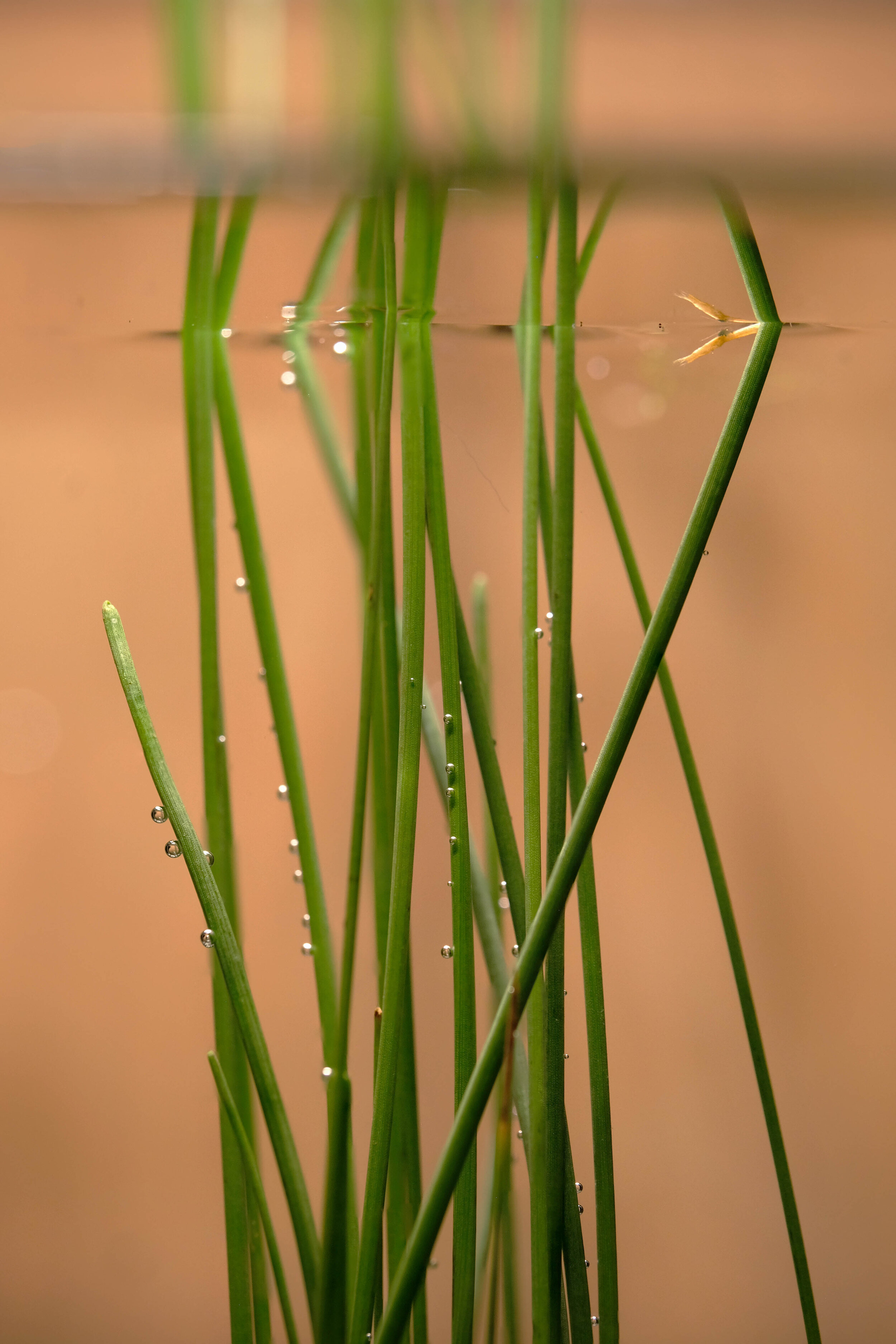Lars Iversen
Starting a new lab at McGill University
In January 2022 I will be moving my research to McGill University, Canada. In the new lab we will expand our work on freshwater ecosystems and how these are responding to global change. Both within Canada and across the globe we will document how functional adaptations to life in freshwater environments structure species distributions and how human impacts challenge the future of freshwater functions and services.
Join the lab!
We are recruiting lab members to join us at the Department of Biology at McGill University. If you are interested in spatial aspects of ecology, classic freshwater ecology, or macroecology our lab might be your fit. Although our aim is to advance freshwater ecology, interest and skills across these themes are not required in order to join the group. Through collaborations and personal development we seek to explore the broader goals in our lab while supporting personal research interests and strengths.
The lab provides a supportive and inclusive environment for members of all backgrounds to facilitate independence as scientists. We value people who have the capacity to succeed, rather than simply those who have always succeeded before. The lab provides close mentoring support via regular meetings, an open-door policy, personal development plans, and a strong community knowledge sharing between undergraduate students, graduate students, and postdoctoral researchers.
Postdoc applications are actively considered as of August 2021, graduate and undergraduate recruiting will start January 2022
Postdocs: If you found interest in our lab please email me to discuss shared research interests and potential projects. McGill has a number of fellowship opportunities, including NSERC (due Oct.), Banting (due Sept.), Liber Ero (due Nov.), and the FRQNT (due Oct.). I am happy to provide feedback on application materials.
International Postdocs are welcomed in the lab, if you have national funding opportunities to do research abroad I am happy to discuss how we can support potential applications. Researchers from China should consider the CSC program
For people interested in transnational postdocs between McGill and European partners or would like to return to a preferred European university following a postdoc in our lab we do support Global Marie Curie Fellowships (due Oct)
Grad students: I seek curious, motivated students with some prior research experience (e.g., work learn experience, undergraduate research). I have an open call for a funded position in the lab. For more info see the application flyer.
Undergrads: If you are interested in obtaining research experience during your undergraduate studies McGill offers a number of opportunities. Please explore potential opportunities here and here.
If you are interested in joining the lab as an undergrad or grad student please email your CV and a short summary of your research interests to lars.iversen@mcgill.ca









